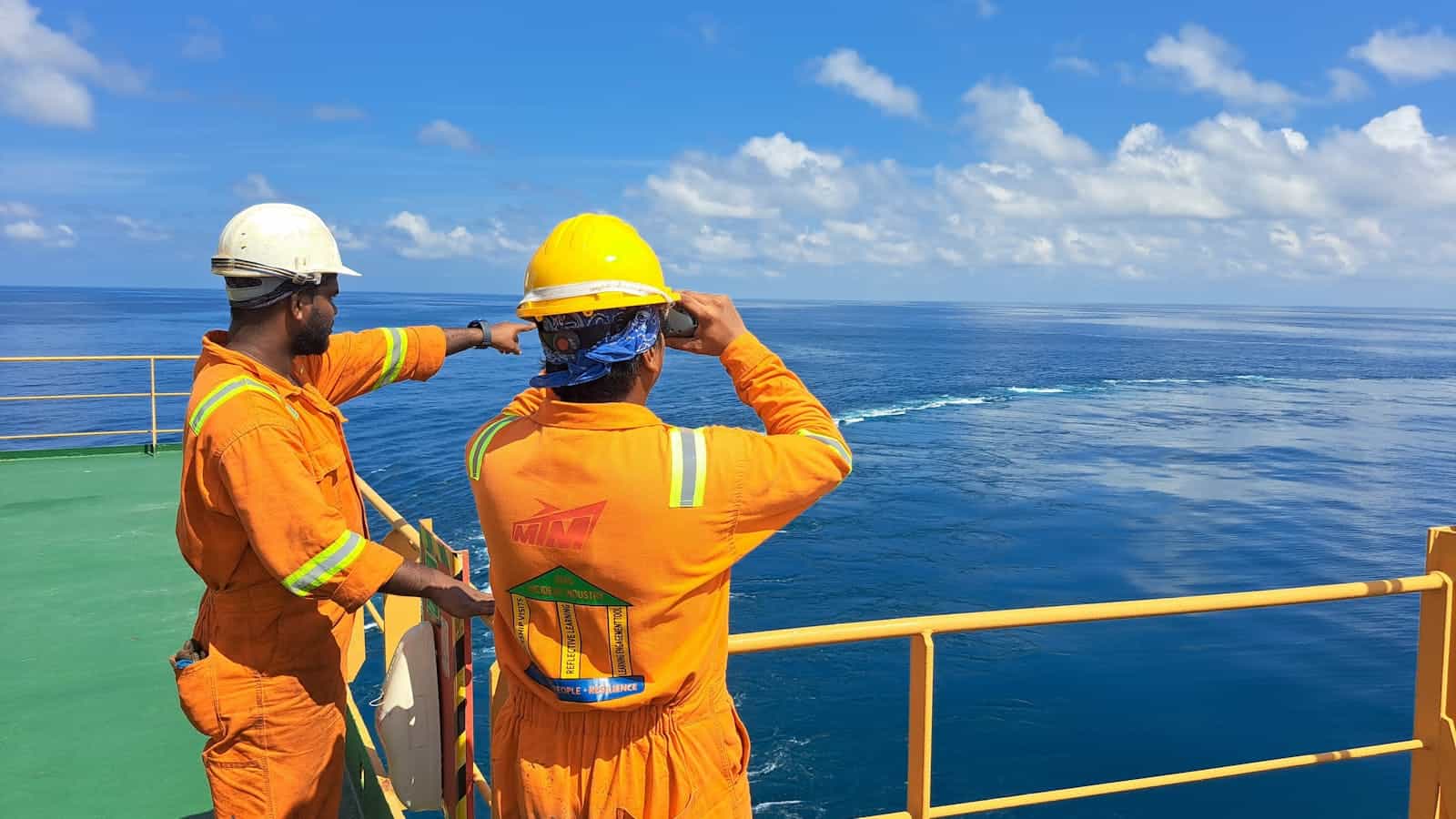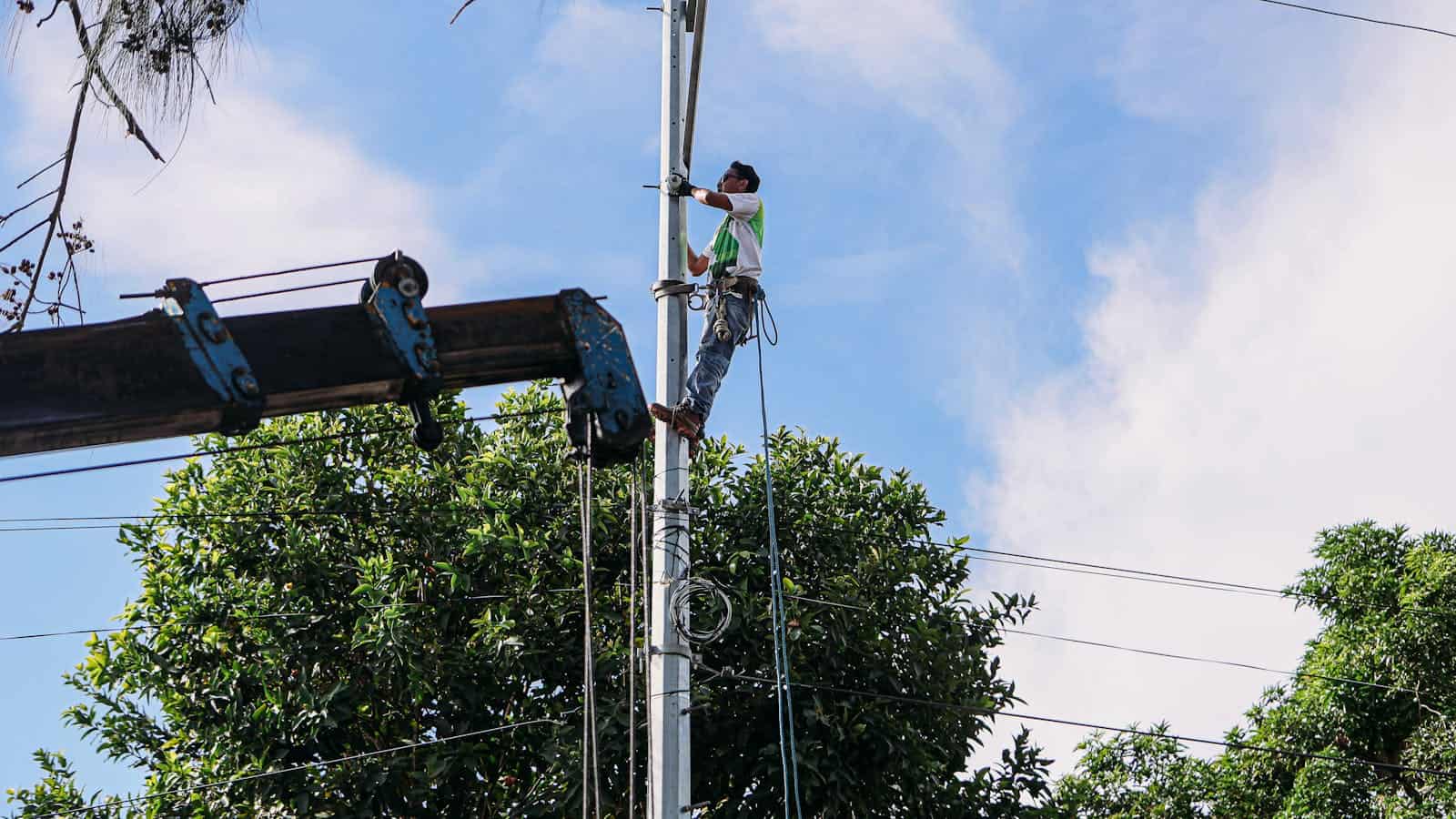10 Highest-Paying Dangerous Jobs in the World
In a world built on comfort and convenience, it’s striking how much of it depends on those willing to walk the knife-edge between survival and reward.
The conversation around high-paying careers often focuses on corner offices and six-figure bonuses, painting a picture of success free from physical risk. However, there’s a whole class of professionals who earn their impressive paychecks by facing genuine peril every single day as part of the job description. These individuals put themselves in harm’s way, wrestling with the elements, massive machinery, or volatile materials to keep our modern world running smoothly.
For these brave men and women, the elevated salary is not simply a reward for skill; it is a serious form of compensation for the inherent risk and the demanding work environment. A job that asks you to step into the fire, dive into the abyss, or climb a thousand feet in a storm rightfully comes with a premium attached. Let’s take a look at the careers where the danger level is as high as the potential income.
Commercial Diver (Deep Sea/Saturation)

These divers descend far below the surface to build, inspect, or repair underwater structures like oil pipelines, bridges, and deep-sea cables, operating in darkness and frigid temperatures. The greatest threats come from pressure-related illnesses like “the bends,” equipment failure, or entanglement in the work area. Saturation diving, in which divers live in pressurized chambers for weeks, poses an even higher risk due to the compressed atmosphere.
The average commercial diver salary sits around $60,000. Still, those with specialized skills, such as underwater welding certification, or who work in deep-sea oil and gas (saturation diving), can easily see annual salaries jump into the $100,000 to $200,000 range.
Offshore Oil Rig Worker

Working on a floating city in the middle of the ocean, an oil rig worker’s life is defined by isolation and immediate physical danger. They perform drilling and maintenance operations in environments where heavy machinery, explosive materials, and volatile seas are constant. Shifts are notoriously long, often 12 hours or more, for weeks at a time, leading to significant fatigue.
Entry-level roustabouts can start around $40,000 to $60,000, but specialized roles like drilling engineers or toolpushers frequently see annual earnings exceeding $200,000, making the risk financially appealing to many. The U.S. Centers for Disease Control estimates that fire is a major cause of oil rig fatalities, which can be devastating given the highly combustible nature of the materials handled on site.
Commercial Fisherman

If you’ve ever seen the reality show Deadliest Catch, you know that commercial fishing is less a career and more a battle against a furious Mother Nature. The work involves maneuvering heavy gear on a pitching deck, often in icy, unforgiving waters that can capsize a vessel in minutes, making this a consistently high-fatality occupation.
The median annual pay for fishing workers is often cited as being around $28,530. Still, those who brave the high-risk environments like the Bering Sea for crab or particularly lucrative species can easily pull in well over $100,000 during a successful season. The CDC reports that commercial fishermen have one of the highest fatal injury rates of any occupation in America.
High-Voltage Power Lineman

When a massive storm rolls through, knocking out power to thousands, these are the folks climbing up to fix the grid, even as the wind howls and the ground is soaked. Power linemen work with tens of thousands of volts of electricity, hundreds of feet above the ground, making falls and electrocution major threats.
The median annual salary for a high-voltage electrical lineman is around $86,652, with top earners often making over $100,000, including overtime and storm work bonuses. A lineman apprentice starts an extensive training path, frequently requiring several years to reach the journeyman level that commands the highest pay. In 2017, the CDC reported 26 fatal injuries for power-line installers and repairers, primarily due to exposure to electrical currents or falls from heights.
Smokejumper

Forget standard firefighting; smokejumpers are highly trained wildland firefighters who parachute into remote, inaccessible wilderness areas to contain wildfires before they explode into uncontrollable infernos. Their immediate danger comes from the jump itself, navigating uneven terrain, and working in front of rapidly spreading flames without immediate backup.
While official salary data can be tricky since they are specialized federal or state employees, entry-level jumpers start around $40,000 to $50,000, but experienced smokejumpers with significant hazard pay and overtime can earn well over $100,000. The physical and mental demands are extreme, with their pack weighing upwards of 110 pounds on the descent and during the hike out. There are fewer than 400 smokejumpers in the U.S., underscoring the select group of individuals capable of handling this intense role.
Military Contractor (Private Security)

Often called private security contractors, these individuals operate in war zones and politically unstable regions, providing security for embassies, logistical supply routes, or key personnel. They face the constant threat of ambush, improvised explosive devices (IEDs), and direct combat without the typical diplomatic or military protections.
Depending on the location and specialty (such as Explosive Ordnance Disposal, or EOD), a contractor’s salary can range widely, but many former Special Forces or military police personnel command salaries of $100,000 to $250,000 annually. Breaking Defence reports that over 7,000 private contractors were killed in Iraq and Afghanistan, highlighting the severe sacrifice required for this compensation. The high pay is a direct acknowledgment of the extreme, non-stop danger and the distance from their normal life for extended periods.
Construction Manager (High-Rise)

While many office-based construction managers enjoy a safe career, those who oversee large, high-rise projects spend significant time working at enormous heights in rapidly changing building environments. They are responsible for coordinating all trades on a job site where falls, struck-by incidents, and collapses are significant factors.
The median annual wage for a construction manager is $106,980, with the highest 10% earning more than $176,990, especially in major metropolitan areas with continuous development. The Occupational Safety and Health Administration (OSHA) consistently ranks construction among the most hazardous industries. According to BLS data, the private construction industry had 1,075 fatal work injuries in 2023, which is more than any other industry.
Hazardous Waste Material Removal Worker

These professionals are the ones called in after a chemical spill, a nuclear incident, or to remove asbestos from an old school building. They are deliberately exposing themselves to materials that can cause cancer, severe respiratory damage, or instantaneous fatality. Their work relies entirely on their personal protective equipment (PPE).
The salary varies greatly depending on the materials they handle. Still, those dealing with the most volatile or toxic substances, such as certain nuclear waste, can command compensation packages well into the six figures, often boosted by hazard pay. Workers are required to have HAZWOPER (Hazardous Waste Operations and Emergency Response) certification, which is a demanding 40-hour training course. This job is a grim reminder that not all dangers are visible or immediately apparent.
Industrial Rigger/Slinger (Heavy Lift)

Industrial riggers move incredibly heavy, often awkward loads using cranes, pulleys, and specialized gear on construction sites, power plants, or manufacturing floors. They direct massive cranes and are constantly within close range of suspended, multi-ton loads, where a slight miscalculation can have catastrophic results.
Skilled and certified riggers, especially those operating or directing lifts in challenging environments such as nuclear facilities or offshore platforms, can earn $75,000 to $150,000 annually. In some areas, specialized crane operators and heavy-lift riggers under union contracts can earn up to $150,000 a year, including overtime. This is a job where precision and nerves of steel are worth their weight in gold.
Logger/Timber Cutter

Logging workers face the danger of falling trees, called “widowmakers,” and operating powerful, heavy equipment on treacherous, unstable terrain deep in the forest. It’s a job where gravity and physics are constant, unforgiving enemies, and help is often hours away. The sheer weight and unpredictable movement of massive timber make this work intensely dangerous.
While the median pay for logging workers is about $49,540, experienced fallers who manually cut trees and work on commission for high-yield timber can sometimes push their annual earnings past $100,000. The industry has historically registered one of the highest fatality rates in the U.S., averaging around 164 deaths per 100,000 workers, often resulting from being struck by a falling object.
15 Things Women Only Do With the Men They Love

The 15 Things Women Only Do With the Men They Love
Love is a complex, beautiful emotion that inspires profound behaviors. We express our love in various ways, some universal, while others are unique to each individual. Among these expressions, there are specific actions women often reserve for the men they deeply love.
This piece explores 15 unique gestures women make when they’re in love. From tiny, almost invisible actions to grand declarations, each tells a story of deep affection and unwavering commitment.






